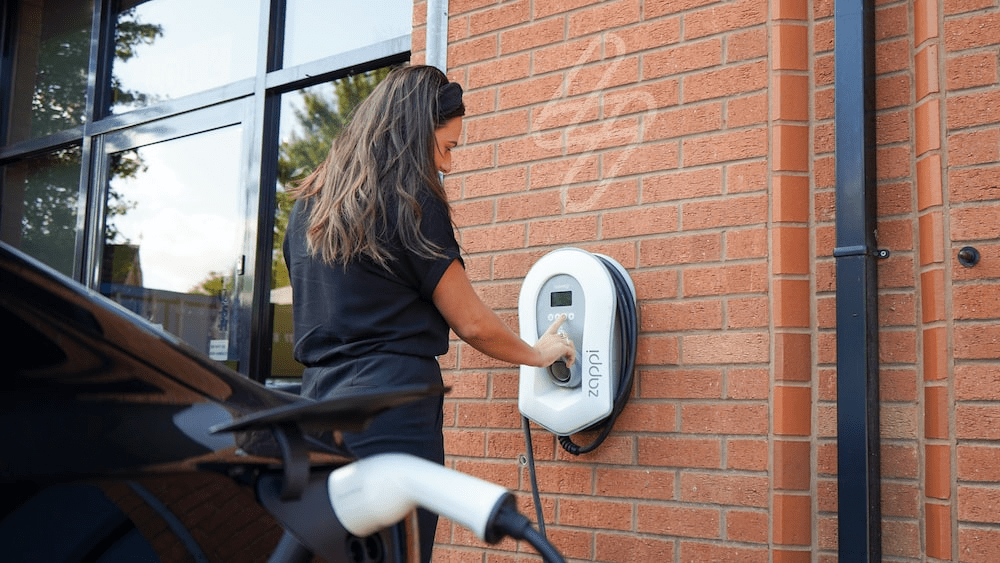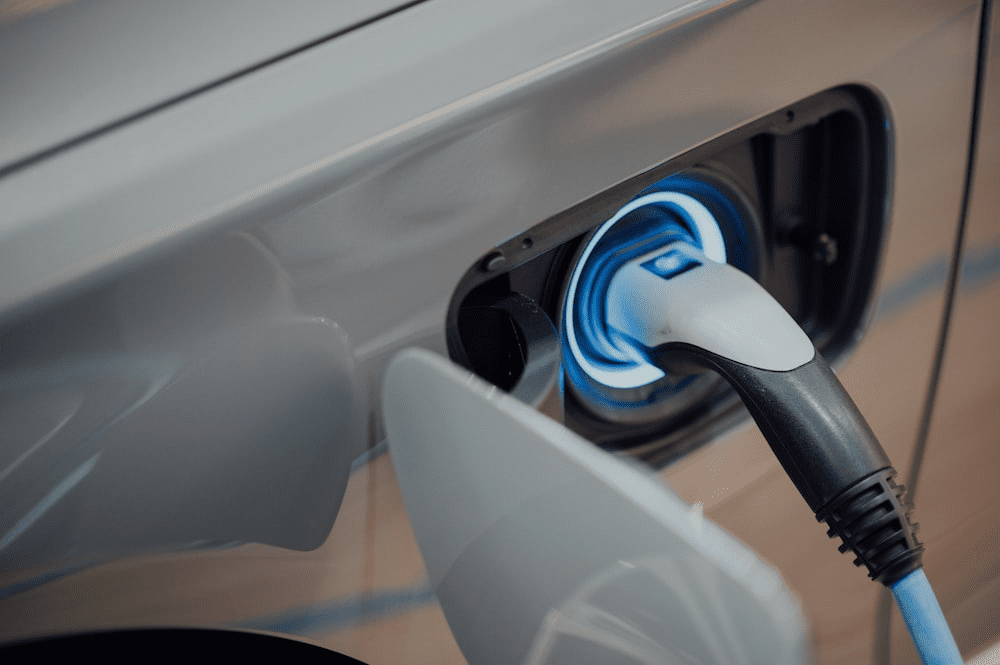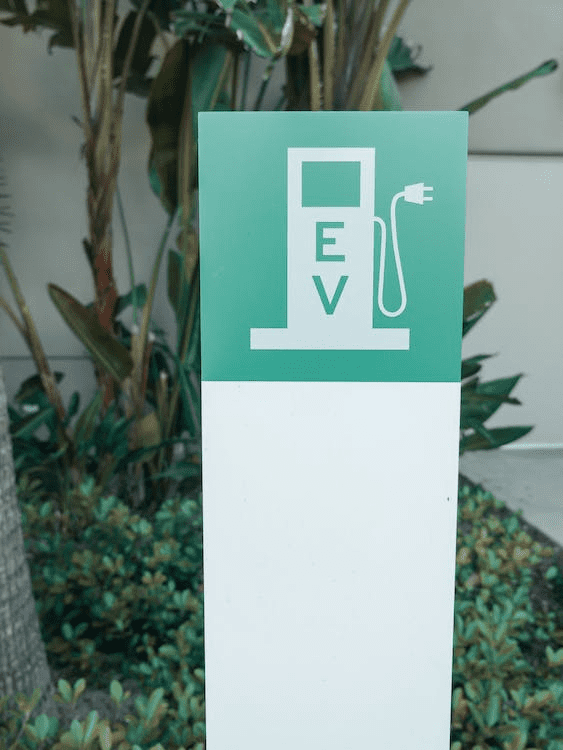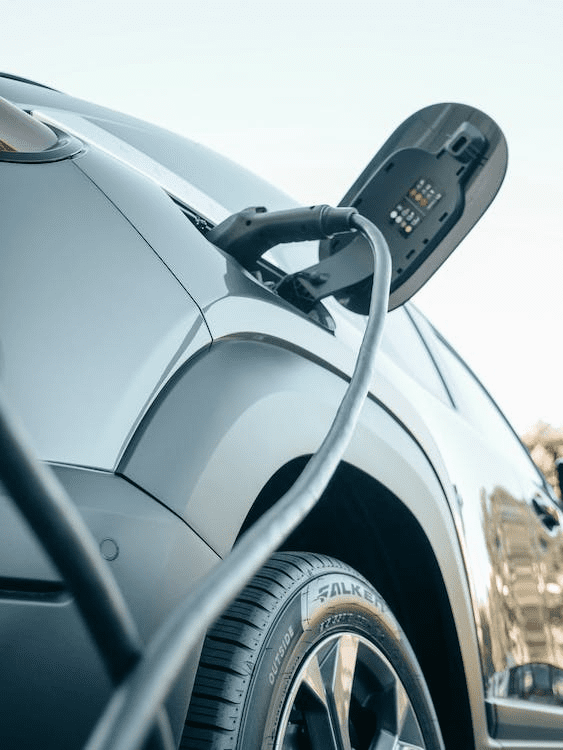You’ve probably heard a lot about electric vehicles (EVs) lately. It is because they’re not only cost-effective but also have a lot of benefits over traditional gasoline-powered vehicles, such as reducing harmful emissions and improving air quality. People in the UK are also developing interest in electric cars lately due to the increasing prices of diesel and petrol, prompting them to look for alternatives.
Moreover, PCO car drivers are also keen on making the transition towards EVs. As a result, there has been an increase in the number of charging stations around London to help make it easier for people to make the switch.
Despite all of the benefits that these stations offer, there are still many people who have difficulty finding information about them, so in this guide, we’re going to take a look at how you can use a charging station in London. Read on to learn all about PCO electric cars and how you can charge EVs.
Electric Charging Points
Every EV comes with a set of charging points that are compatible with the specific make and model of the car, as well as the general standard for that type of charger. An electric charging point can save you a lot of money in the long run because you don’t need to pay for petrol or diesel and can instead pay a small fee every time you use the charging station.
As the EV industry is evolving, new technological features are constantly being added to existing models to make them more efficient and eco-friendly. Wireless EV chargers, for example, allow people to recharge their cars without having to physically connect the cable to the charging point. This will significantly reduce the time that it takes to charge the car and will provide customers with a more convenient way to recharge their vehicles.
How EV Charging Works
Just like traditional cars need fuel to function properly, an EV needs electricity to power its systems and perform various functions. For this, you need to plug your EV into a charging point at a charging station. That’s all it takes.

It’s similar to charging any other electrical device at home, you can plug in your car anywhere with a power outlet available, and you need a specific cable for specific models of cars. There will be two connecting ports, one to insert the charging cable and the other to plug into the power supply. Then all you have to do is set the time you want to charge, and it will take care of the rest for you.
Charging Capacity of EVs
The EV connectors have four charging speed levels, slow, fast, rapid, and maximum. Things would be a lot less confusing if there was only one speed and it was able to charge any car in any circumstance but it doesn’t work like that. There are different charging capacities depending on the model and the manufacturer.
Slow Units– Slow units take a longer time to charge your electric vehicle than regular fast units. Sometimes it can take several hours or even a whole day to recharge your EV. These units are found either at home or at workplaces. Slow units use Type 1 or 2 connecting plug that powers AC.
Fast Units– Charging units that deliver 7kW to 22kW of power are faster than slow units and can take as little as 30 minutes to fully charge your EV. These chargers are also one of the most commonly available and fast-charging units available at most commercial establishments such as shopping malls, restaurants, retail stores, etc. They can either be plugged directly into the wall socket or use a plugin charging station that connects to the power socket. These fast units use a Type 3 connector that delivers DC power.
Rapid and Ultra-Rapid Units– This is a high-speed charger that powers from 50kW to 100kW and can fully charge an electric car in just 15 to 20 minutes. These are found at motorway service stations and car parks. The only catch is that these chargers are expensive to use and not free.
The types of connectors you use for your PCO electric car will determine how fast and how much you will be able to charge your EV with that particular unit. Many manufacturers are looking into ways of reducing the time it takes to charge EVs and making the whole process more convenient for users. If you’re on a budget or looking for a cost-effective option, slow chargers are your best option.

AC and DC Connectors
When you plug your electric car into an alternating AC outlet, it needs to be converted into DC so that the vehicle can be powered. On the other hand, if you plug into a DC outlet, you’re actually powering the battery in the vehicle. This is referred to as charging or juicing. The DC outlet will do the conversion for you, but the AC outlet will not. For this reason, most charging stations are set up to provide AC electricity to the cars while they charge. AC outlets will also slow the charge rate down. This ensures that the battery doesn’t get overcharged and is damaged in the process.
That is the primary difference between the slow AC charger and fast or rapid DC chargers, and it can be confusing to people who are just starting out in the world of electric cars. AC chargers for EVs usually put out at 22kW of power, and the DC ones generally offer 50kW to 100kW or more, depending on the model of the car.
This means that the DC chargers are much faster, but they are also more expensive to set up and operate and are normally only available at newer EV stations. So you can choose to either get your vehicle charged more slowly at a low-cost AC station or take your vehicle to a station where you can fully charge it in a short time at a higher cost.
EV Charging Plug Types You Should Know About
When it comes to electric cars, there are several different connector types that you have to be aware of to make a good connection when you plug in your car to charge it. The type of plug you choose will depend on your electric car model and your need for speed.
CHAdeMO and CCS
CHAdeMO is from Japan Electric Vehicle Fast Charger Association, and the plug name stands for Charge for Moving. It is best known for its use in Japanese vehicles like the Nissan Leaf. These connectors also come in various sizes depending on the output of the charging station. It is also one of the fastest and most widely available charging standards available worldwide. The plug has six pins arranged in a triangle shape with a rounded end. It is designed to be plugged in like a regular household plug and can be used with any vehicle that has a CHAdeMO adapter installed.

On the other hand, the CSS connector is from European Automobile Association and is known for its use in Tesla and other electric vehicles. This plug is smaller than the one used for CHAdeMO and has only four pins arranged in a square pattern. It is a DC charger cable that plugs into the CCS receptacle found in most public charging stations in Europe.
Both plugs are rapid and ultra-rapid charging technology. By connecting the electric vehicle to the charger cable, it will charge the battery at an extremely fast rate of 50kW, 100kW, and beyond.
3-Pin Plug
This type of connector is used for almost all EVs in Europe and the US and some cars in Asia as well. It is mostly used at home and at Level 2 charging stations where the chargers have a power rating of 2.3kW or less. It is by far the slowest type of charger and is not suitable for high-speed or long-distance travel. Unlike the other two types of plugs, it does not have a grounded pin. It can also be unstable, so it’s not recommended to use it with high-power chargers.
L2 – J1772
L2 – J1772 is for AC charging levels 1 and 2. This EV charging plug is significantly slower than that of DC charging plugs and requires more time to fully charge your vehicle’s battery. Most public charging stations use this plug, but some private garages might have a different plug. It is used by PCO electric car drivers to charge for only a few hours at a time. This connector can be used for all-electric cars except Tesla.
Tesla
Tesla charging plugs are only for (you guessed it) Tesla vehicles. Unlike the other types of plugs, Tesla does not use any standard connector for its charging cables. The good news for Tesla drivers is that EVgo has installed charging points that offer compatibility with Tesla, so there is no need for an additional adapter.
Tesla connectors are also one of the fastest charging stations available because they deliver energy at the maximum rate that your car can charge on its own.
Free EV Charging Station in London
London Council has been doing a great job of installing more charging stations in the city. They are working with several public and private organisations to increase the number of stations and provide free parking to EV owners, as well as faster charging facilities and more places to charge. The goal is to increase the number of zero-emission vehicles on the city’s roads and encourage the adoption of EVs by Londoners. This will improve the air quality, reduce noise pollution, and reduce greenhouse gas emissions.

Currently, there are more than 8,600 EV public charging points in London. There is a range of different charging stations with different charging speeds and capabilities. With so many chargers around the city, it’s easy to find one near you.
Free EV Charging Points
Although there are only a few locations in London with free charging stations right now, this is expected to change in the near future. Out of thousands of charging points across London, about 400–500 are free to use only. This makes up 4.5% of the total number of charging points in London.
The free charging points can be found at public car parking, supermarkets, shopping centres, and some hotels. These charging points are free to use for drivers only for the duration that they park their cars at these locations.
Why Switch to Electric Cars
The UK government aims to have at least 80% of new cars registered by 2030 to be powered by electricity. If successful, electric vehicles will become as common as the petrol or diesel-powered cars we see on the road today. It is also a great choice for PCO car drivers. Ridesharing apps like Uber are already seeing a huge demand for EVs in their fleet, as they are becoming cheaper than their petrol counterparts in the long run.
EVs are not only better for the environment but are also cheaper to maintain in the long term than their traditional counterparts. They also help to reduce congestion in city centres as they do not produce any tailpipe emissions and also save city dwellers a lot of money on fuel over time.

If you or someone you know wants to become an Uber car rental driver in London and needs a reliable PCO car hire company, we can help! As a leading PCO car for hire in London since 2008, we have helped more than 3000 drivers start their PCO car journey.
Whether you’re looking for a Kia e-Niro as a PCO car or a Toyota Prius for PCO, we can provide it with all. Explore our PCO electric cars or traditional fleet.
Contact us today to learn more.